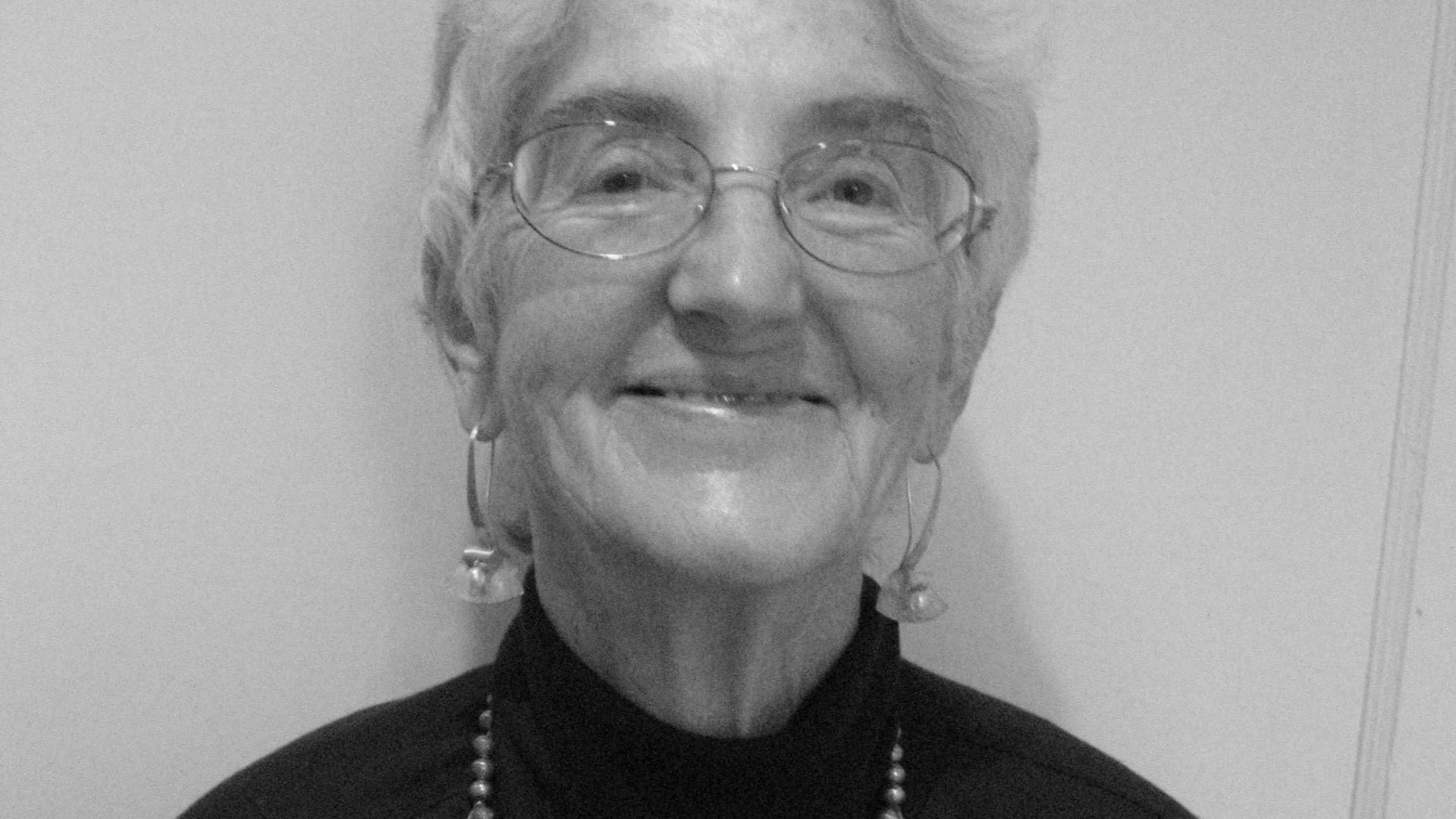Klaus Bürgel is an artist who defies categorization. Is he primarily a jeweler? Yes and no. Does he care if his pieces are wearable? Not particularly. Is he a graphic artist? Certainly. A sculptor? Definitely, even though he often works in non-durable materials such as styrofoam and occasionally creates pieces too big to leave his own studio.
This finely produced, limited-edition book does an excellent job of presenting and sometimes explaining this multifaceted artist. Three essays attempt to get inside the artist’s head. Writer Susanna Moore, in ‘A Sense of the Presence of the Past,’ presents a somewhat romantic but not specially useful view of Bürgel’s work. More helpful is the German writer and curator Rafael von Uslar who, in ‘The Body is Not Enough, I Wanna Loop,’ delves at some length into Bürgel’s two main design forms, the endless loop and the polygram.
Quite the most entertaining essay is a long conversation in between Bürgel and Karl Fritsch. The pair vent freely on their personal work, the overall art movement (particularly jewelry) collectors ? (necessary but often timid) galleries and museums (frequently unimaginative). Here are a couple of Bürgel’s gems to cherish:
‘There is a tipping point in jewelry where it does not work anymore. Where either the context has to be changed or where it has to start talking about something else but itself. Otherwise it will be trapped in an airtight space where nobody but a handful of collectors is interested. Nothing but a small sect talking to their gurus.’
‘If something is good it does not matter what it is made out of. It works. Basta.’
Endless Conundrum is modeled on an artist’s workbook, equally divided between jewelry, line drawings, sculptures and installations, though minus technical construction details. Some of the photographs look as though they have been roughly taped to the studio wall. Others show the work superimposed on photographs of the occasional human or building, giving them a surreal quality and opening the door to such speculation as, why not design outsize jewelry for a room, or the exterior of an otherwise boring office building?
Some of the smaller pieces, such as the Loop Brooch series, get equal billing size-wise with larger installations, occupying one to two pages each. This strategy emphasizes the sculptural intent of the work and the unnerving feeling you might be trapped in its endless loop. However, it’s hard to see exactly how the brooches are attached or worn, since no findings (or models) are in evidence. Clearly Bürgel, who had a major hand in the book design, doesn’t care if the work is worn or not. Much clearer are the ruggedly wearable rings set with malachite, garnets and pyrites and the hollow-form ring and pendant showing beautifully sculpted ‘crystals’ in 18-karat gold.
The artist’s ambivalence towards his jewelry is shown in this snatch of conversation with Karl Fritsch, who compliments him on his technical skills. Bürgel answers: ‘When I sit at the bench, I can’t help but think of myself as a tamed lion, and that jewelry is nothing else but art skillfully passing gas.’





